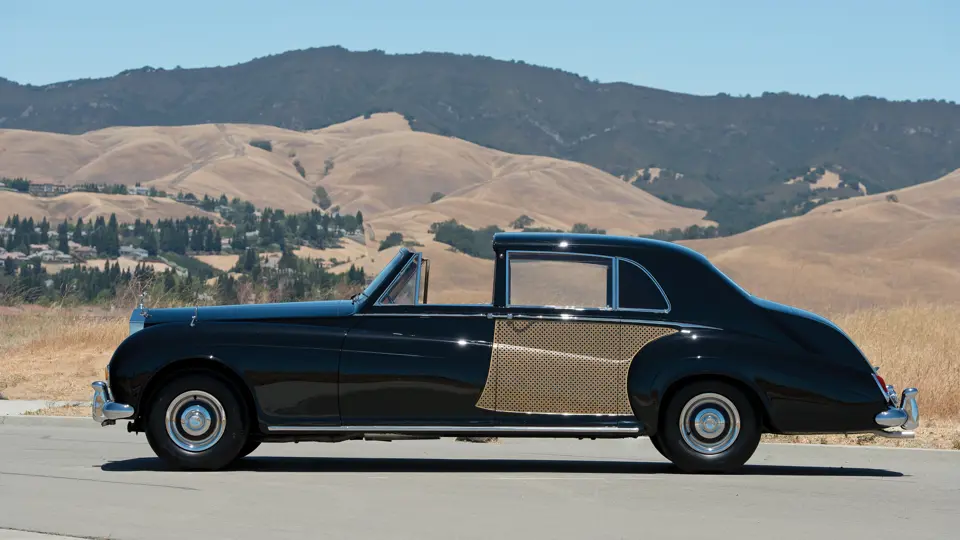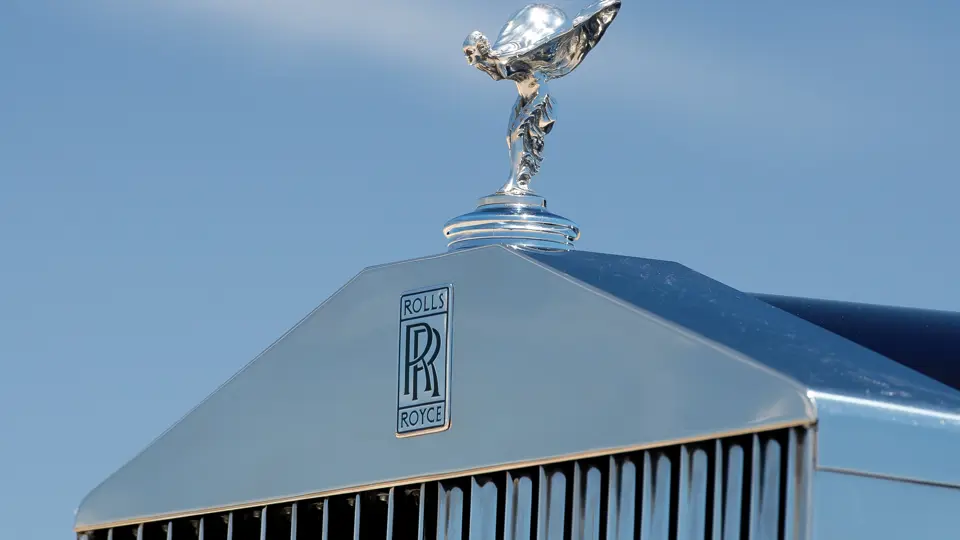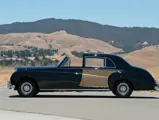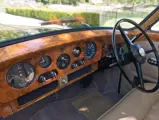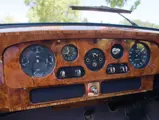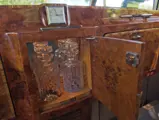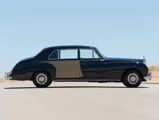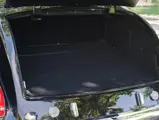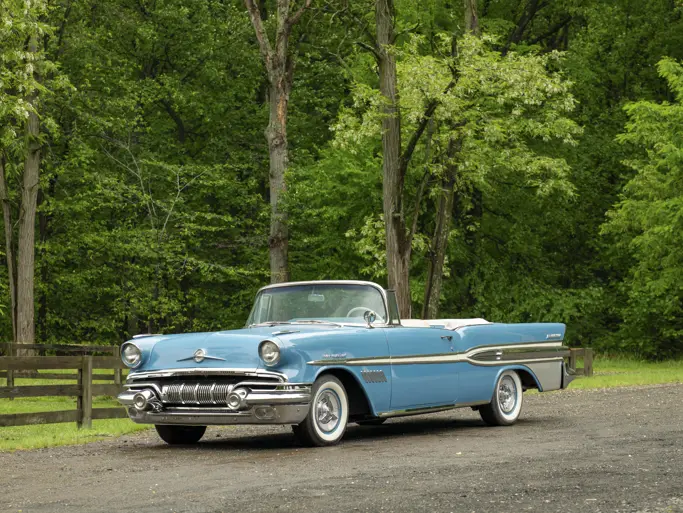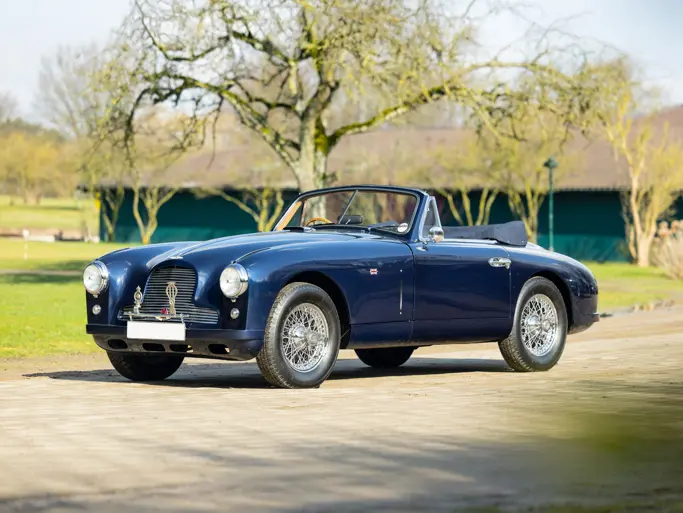
1960 Rolls-Royce Phantom V Sedanca de Ville by James Young
{{lr.item.text}}
$495,000 USD | Sold
{{bidding.lot.reserveStatusFormatted}}
- One of only seven built to this design
- Specially ordered by its original owner, Count Locan
- Ornate “canework” trim and unique interior touches
- An incredibly rare post-war Rolls-Royce
- Featured on the cover of Rolls-Royce: The Classic Elegance
Body Style PV22SD. 200 bhp, 6,230 cc OHV V-8 engine with twin SU HD6 carburetors, four-speed automatic transmission, independent front suspension by unequal length wishbones and coil springs and with opposed piston hydraulic dampers and a torsional anti-roll bar, asymmetric semi-elliptic rear suspension with electrically controlled piston-type dampers and a single radius rod, and mechanical servo-assisted hydraulic front brakes and combined hydraulic and mechanical rear brakes. Wheelbase: 144 in.
After building a mere 18 Phantom IV chassis strictly for ruling heads of state, Rolls-Royce turned back to offering a Phantom to the merely very wealthy for 1959. The Phantom V was based on an all-new chassis design and included a new V-8 engine, the same as in the Rolls-Royce Silver Cloud II; a Hydra-Matic automatic transmission; and servo-assisted braking. It was a tremendously expensive automobile that was produced solely to individual special-order. As on earlier Rolls-Royces, the tradition of bespoke custom coachwork continued, with the world’s few remaining coachbuilders turning out ash forms that were skinned in aluminum and finished in the owner’s choice of paint colors and trim.
Most desirable of the Phantom Vs are the bodies produced by James Young Ltd. At the time of the Phantom V’s production, H.J. Mulliner and Park Ward, James Young’s two main competitors, were both essentially (and later actually) owned by Rolls-Royce. Thus, the bodies they produced for the Phantom V eventually became “factory” bodies that were produced along the same basic lines and in relatively large numbers. Meanwhile, James Young continued to offer the same fully custom roster as before, with numerous unique styles to suit virtually any taste or use.
Among these was style number PV22SD, which was based on style number PV22, a sleek and popular touring limousine with graceful lines that minimized its size. “SD” refers to the sliding roof, which when open transforms this style into an open-drive town car, or, in Rolls-Royce parlance, a sedanca de Ville. By the early 1960s, popularity of this incredibly elegant style had waned, as most owners preferred to drive themselves. Yet, enough of a tiny market existed for James Young to continue to offer the style. The seven examples of style number PV22SD produced would be the final sedanca de Villes built on Rolls-Royce chassis. Among formal Phantom Vs, they are the most seldom sold, meriting the highest respect and often commanding the highest price.
The car offered here, chassis number 5AS95, may well be the most unique of those seven automobiles. It was ordered at a cost equivalent to $8,764 American dollars, for the chassis only, at a time when the average annual income in the United States was $5,100 and the average new car was $2,275. Simply put, once its James Young body had been fitted, this was undoubtedly one of the most expensive automobiles in the world. Then again, its original owner, Count Locan, who was also a collector of fine art, was known among his peers as a man who sought the best of everything, and, therefore, he spared no expense when ordering his new Rolls-Royce.
The rear compartment of this car is utterly commodious, as it features a sumptuous sofa upholstered in the finest beige West of England wool broadcloth. Across from the sofa and above a sea of fitted Wilton wool carpeting is burled walnut cabinetry. In fact, the entire compartment is surrounded by magnificent, rich burled walnut. The count specified that within the cabinetry there should be an exquisitely crafted cocktail bar filled with lead crystal decanters and flanked by folding picnic trays to support beverages and other refreshments. A pair of folding opera seats is provided, for the occasional carriage of servants or extra guests, while the main seat itself is fully adjustable, forwards and backwards, with the touch of a switch, and it faces a pair of carpeted hassock-style footrests.
The body was finished in gleaming Mason’s Black and embellished with “canework.” This feature was commonly applied to formal town cars during the 1910s and 1920s, as owners made the often difficult transition from carriage to automobile and wanted cars that resembled horse-drawn broughams. Accordingly, bodies were paneled in handmade caning, which eventually evolved into canework, which was essentially thickened paint painstakingly hand-applied in a very narrow crosshatch pattern while the body laid on its side. It was something of the automotive equivalent to hand-stitching lace, and it was an incredibly tedious, challenging process; today, it’s nearly a lost art. It lost popularity following World War II, but for gentlemen like Count Locan, it was a necessary touch of dignified elegance.
Outside of the high-roof “Canberra” Phantom Vs hand-built for Her Majesty Queen Elizabeth I, perhaps no Phantom V was as opulently fitted-out or as exquisitely finished as this spectacular Sedanca de Ville.
The car’s ownership history is fully documented by the Rolls-Royce Foundation and Rolls-Royce Enthusiasts’ Club, and their paperwork indicates that the Phantom V found its second owner in London in 1965. It was subsequently acquired by an esteemed Rolls-Royce specialist in California and was brought stateside in his hands in 1974. Since that time, it has benefitted from careful refurbishment and maintenance at the hands of marque specialists. In addition to all of the necessary mechanical maintenance and adjustments and the replating of the brightwork, the interior’s wood trim has been refinished and correct Wilton carpets were fitted. Furthermore, 5AS95 is featured on the cover of Lawrence Dalton’s respected marque text, Rolls-Royce: The Classic Elegance. A factory drawing of body style PV22SD, which this car wears, is also depicted on page 282.
Count Locan’s Phantom V, offered today with remarkable features and provenance, ranks among the last truly custom, one-of-a-kind Rolls-Royces, and it marks the end of an era for automobiles that are truly a reflection of the opulent tastes of their original owners.






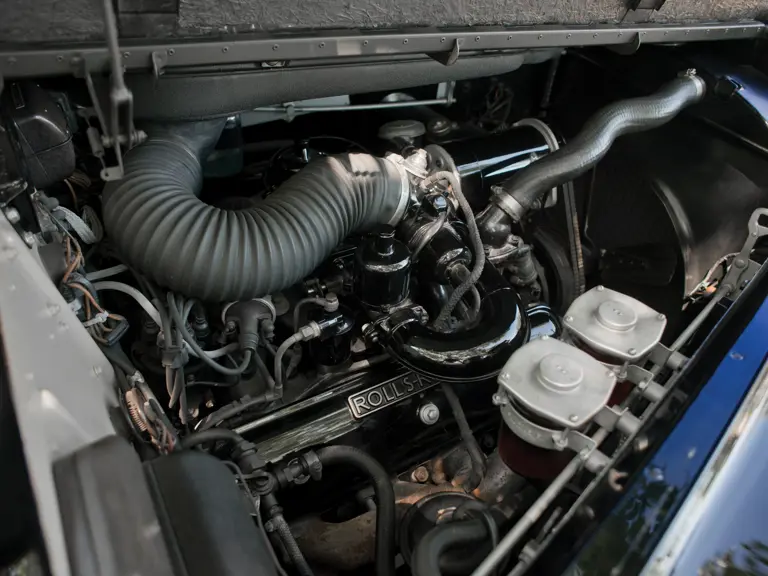

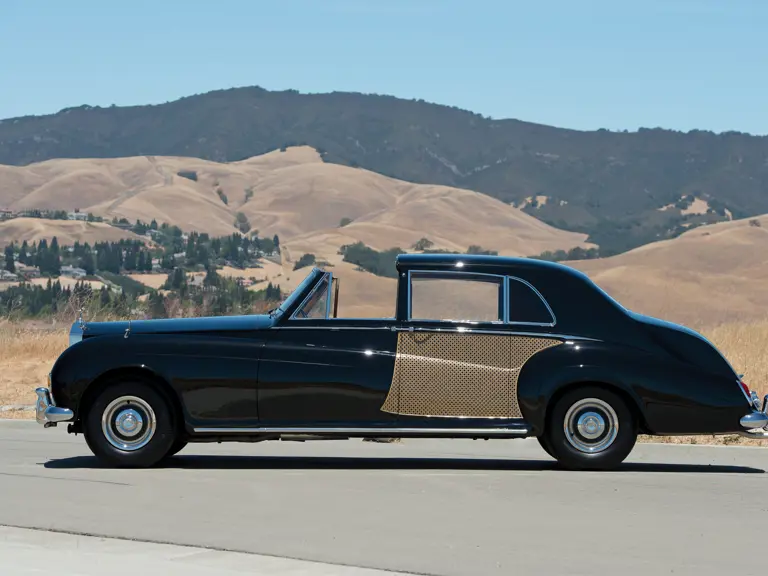
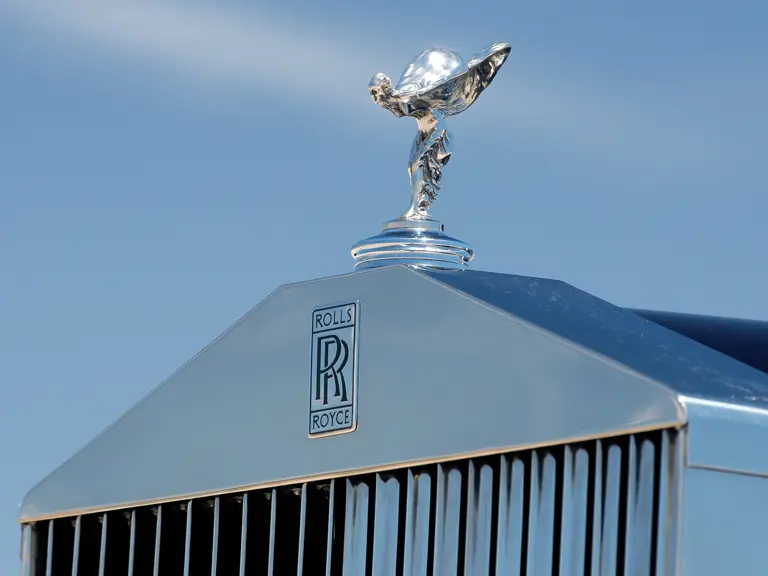


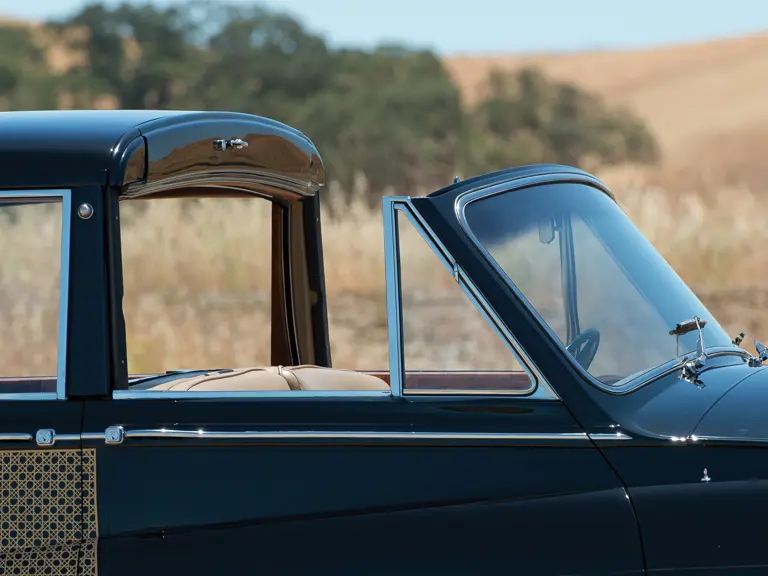



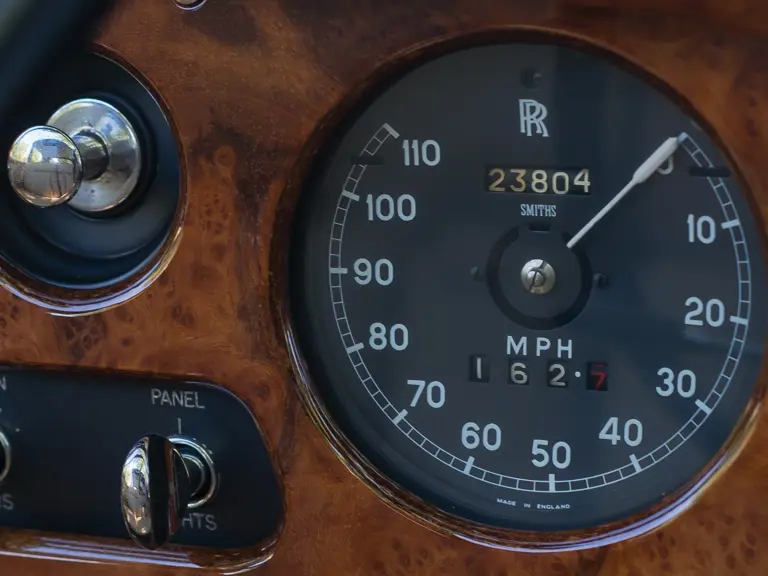

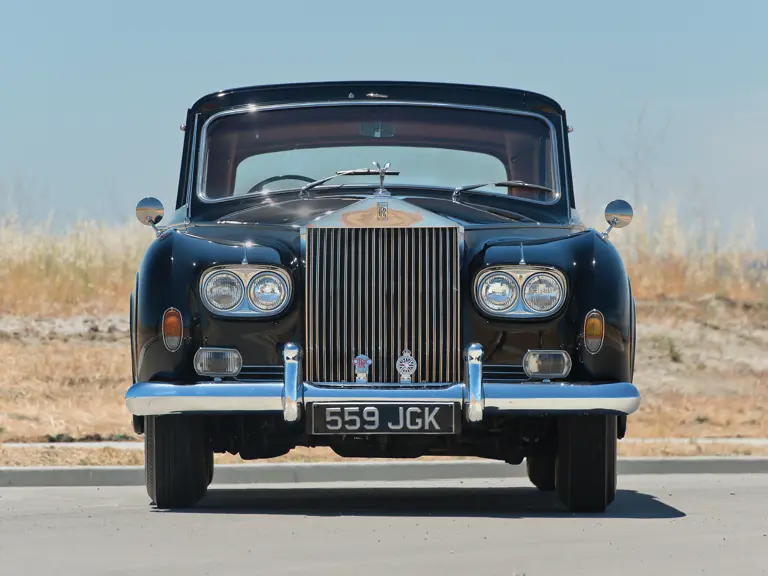


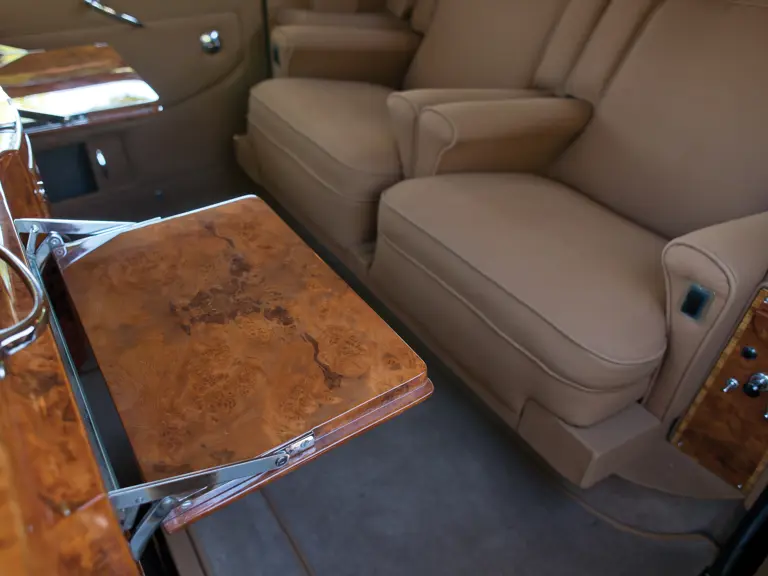
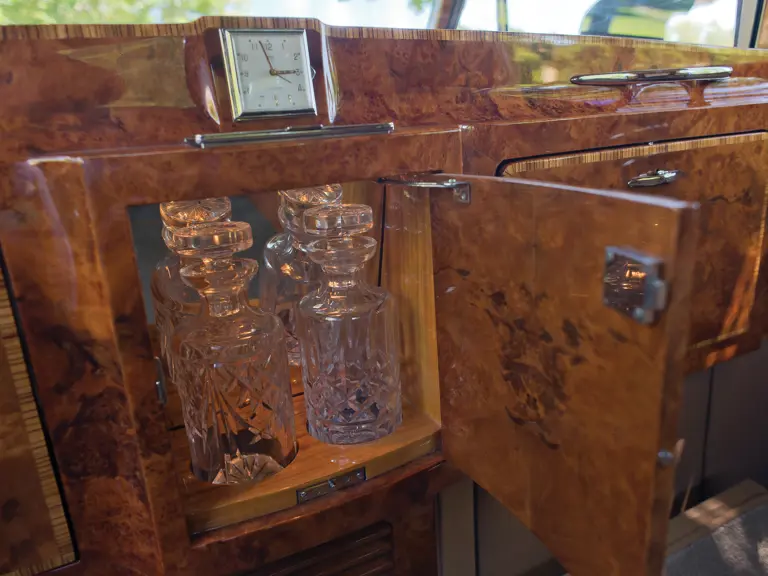

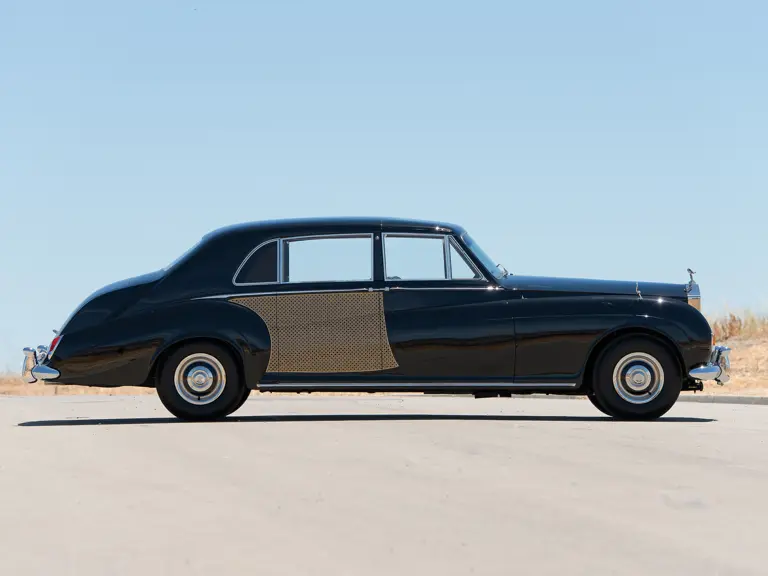
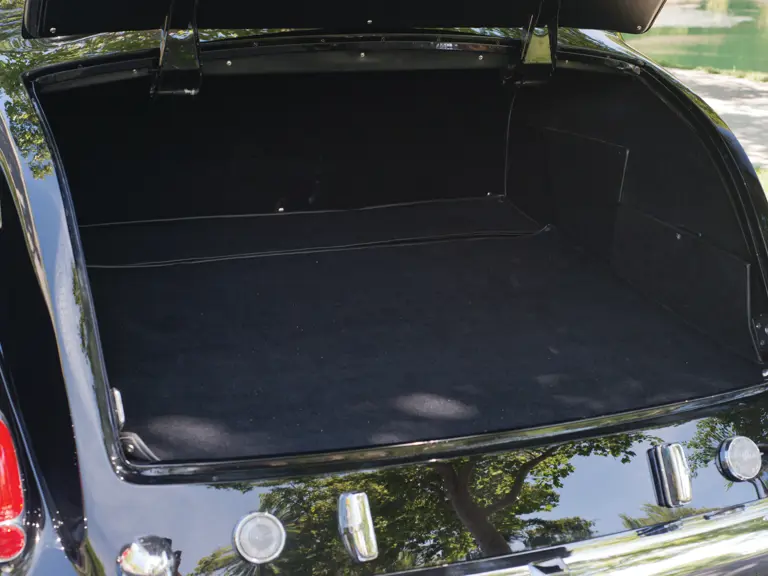

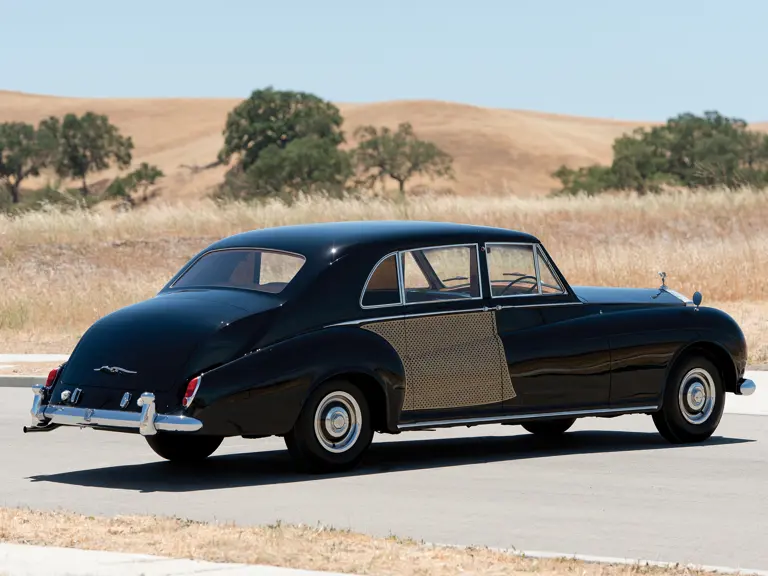
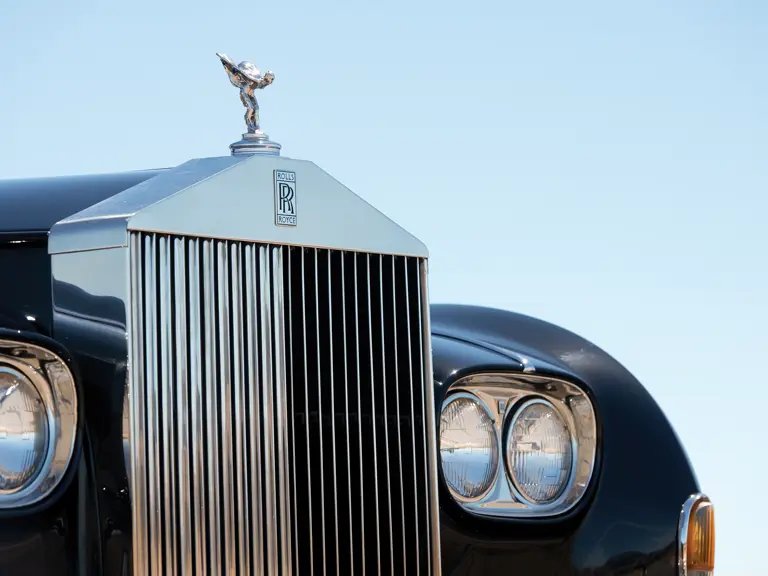
 | Monterey, California
| Monterey, California
